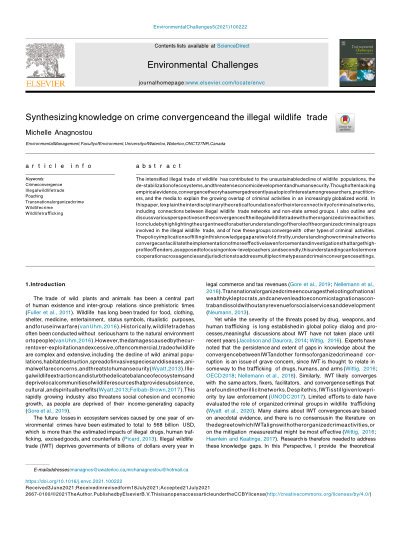Edited by Danilo Antonio Baltieri
This book covers some recent researches on the interface between drug misuse and crime and demonstrates that some types of violent crimes are more intimately related to alcohol and / or drug consumption. It is written for researchers, health and law professionals engaged in the evaluation, management and treatment of different types of offenders. It is organized by a number of phenomena that are known (or supposed) to link drugs and crime. This book shows that the application of punishment under the guise of deterrence, despite its ineffectiveness, is frequently preferred to a more adequate management for some types of offenders. This book provides ten manuscripts that describe different aspects of the relationship between drugs and crimes, always focusing on Brazilian reality. It shows that a partnership between specialized mental health professionals, lawyers and policy makers is urgent with respect to this subject in Brazil and other countries.
Bentham Books, 2009. 100p.





















